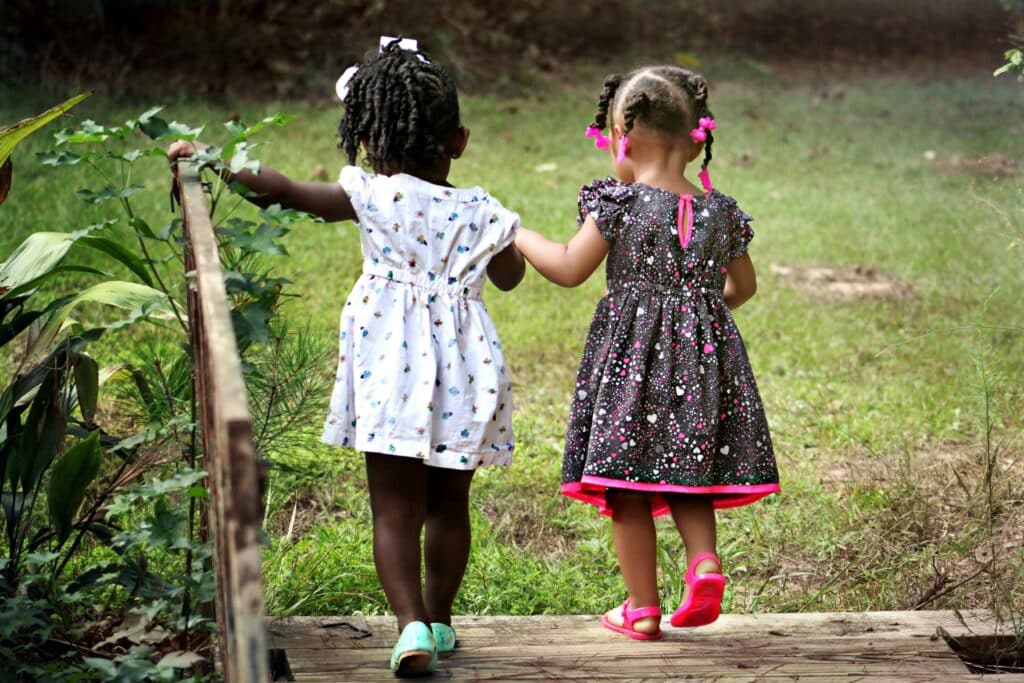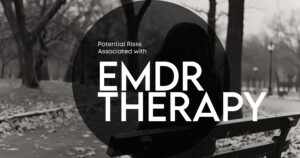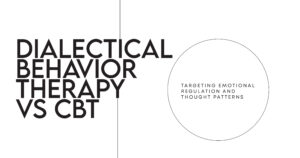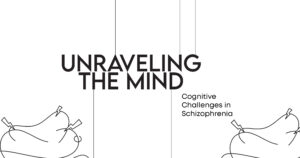Adopting a child is a special and loving decision. But sometimes, adopted children carry deep wounds from their early life. These wounds are called adopted child trauma. It means the child went through something very scary or sad, like abandonment, neglect, or abuse, and it affects how they feel, act, and grow.
Let’s explore what adopted child trauma is, how it shows up, and what families and caregivers can do to help.
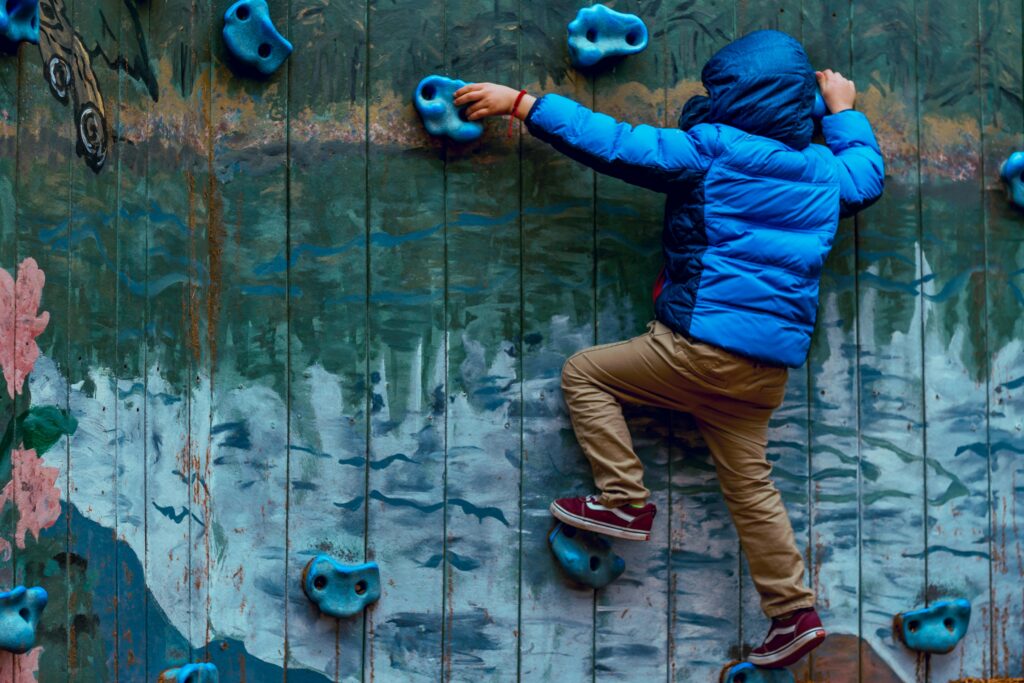
What Is Adopted Child Trauma?
Adopted child trauma happens when a child goes through hard things before or during adoption. This can include:
- Early childhood trauma, like being hurt or not cared for
- Living in foster care or moving between homes
- Losing a parent, birth family, or mother
- Being exposed to violence, alcohol, or substance abuse during pregnancy
- Feeling confused about their identity or family
These hard experiences are known as adverse childhood experiences (ACEs). They affect the child’s mind, body, and nervous system—even if the child can’t remember them.
Nashville Mental Health
How Trauma Affects the Brain and Body
Our brains and bodies remember fear. Even infants and fetuses can be affected by stress. When a child experiences trauma, their body releases stress hormones like cortisol. This can hurt brain growth and emotional control.
According to neuroscience and developmental psychology, trauma affects:
- The brain: Memory, focus, and learning
- The body: Sleep, appetite, and physical health
- Behavior: Anger, fear, and hypervigilance (being overly alert)
- Feelings: Sadness, shame, or suicidal ideation
The Body Keeps the Score, a well-known book by Dr. Bessel van der Kolk, explains how trauma stays inside the body and needs help to heal.
Signs of Adoption Trauma in Children
Every child is different. But here are some signs of adoption trauma to watch for:
- Strong fear of being left alone or being abandoned
- Trouble trusting adults or forming healthy interpersonal relationships
- Anger outbursts or oppositional defiant disorder (ODD) symptoms
- Acting much younger than their age
- Trouble with attention, focus, or learning
- Feeling shame, guilt, or sadness
- Struggles with identity or feeling different from others
- Being overly good or overly bad to please caregivers
These behaviors are not “bad.” They are ways the child is coping with past adversity.
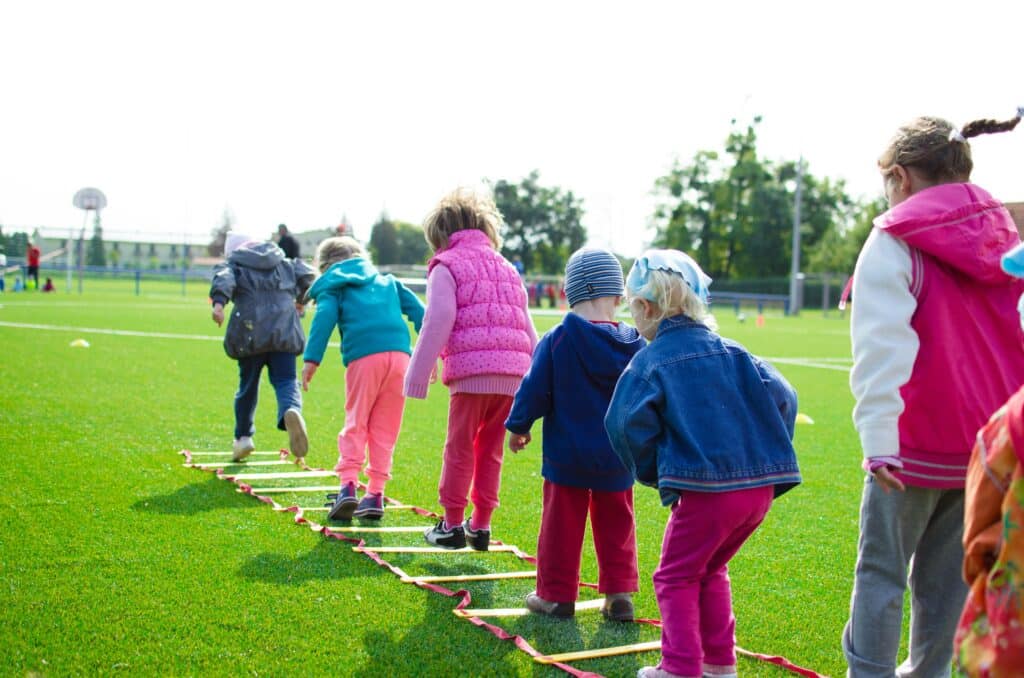
Attachment and the Loss of a Parent
Children build bonds with their first mother or caregiver. When that bond breaks—through neglect, abandonment, or death—it causes a deep wound. This is what attachment theory explains.
Losing a parent can create ambiguous loss or disenfranchised grief. This means the child feels grief, but doesn’t have a clear way to show it or talk about it. Some kids don’t even know their full story, which can lead to genealogical bewilderment—feeling lost about who they are or where they come from.
How Early Experiences Shape Development
What happens to a child early in life shapes their future. The brain develops quickly in the first years of life. If the child faces stress, violence, or psychological abuse, it may affect their:
- Development of emotions and language
- Ability to feel safe and calm
- Way of building trust and love
- Sense of self and identity
Children may carry implicit memories—feelings from events they don’t remember but still affect them.
Nashville Mental Health
How to Support a Child with Adoption Trauma
There is hope. Many adopted children heal and grow with the right support. Here’s how parents and families can help:
1. Therapy
Find a licensed therapist who understands adoption trauma and early childhood trauma. Helpful types include:
- Play therapy for young children
- Trauma-informed therapy
- Attachment-based therapy
- Family therapy
Therapy helps children learn how to manage emotions, build trust, and heal wounds.
2. Routine and Safety
Predictable routines help the child feel safe. Let them know what’s happening each day. Be gentle, patient, and clear.
3. Empathy and Connection
Connect through eye contact, touch (if the child is okay with it), kind words, and spending time together. Show love even when the child acts out.
4. Regulation and Coping Skills
Teach kids to calm down when they feel big emotions. Try:
- Deep breathing
- Counting
- Drawing
- Listening to calming music
- Exercise or movement
These help regulate the nervous system and reduce arousal.
5. Talk About Feelings and Identity
Let kids express feelings like grief, fear, and anger. Talk openly about their story when they’re ready. Be honest and age-appropriate.
6. Limit Risky Behavior
Watch for signs of addiction, self-injury, or aggression as the child grows. Seek help early.
Help for Adoptive Parents and Caregivers
Being an adoptive parent can be tough and emotional too. You might feel confused, tired, or even rejected. You’re not alone. Help is available:
- Join support groups or online communities
- Work with a social worker or adoption specialist
- Practice self-care and get therapy if needed
Understanding your child’s trauma helps you stay calm and connected—even during hard times.
The Role of Society and Health Systems
Society plays a role too. Schools, doctors, and health professionals should understand how childhood trauma affects learning and behavior. When systems use a trauma-informed approach, they help both the patient and the family.
Real Talk: Teens and Adoption Trauma
As adopted children become adults, trauma can reappear. Teen years bring new questions about identity, family, and belonging. Some teens face:
- Depression or bipolar disorder
- Panic, aggression, or risk-taking
- Strong reactions to substance abuse, violence, or shame
- Struggles with language, school, or friendships
It’s never too late for healing. Teens and young adults benefit from ongoing therapy, safe relationships, and time to understand their story.
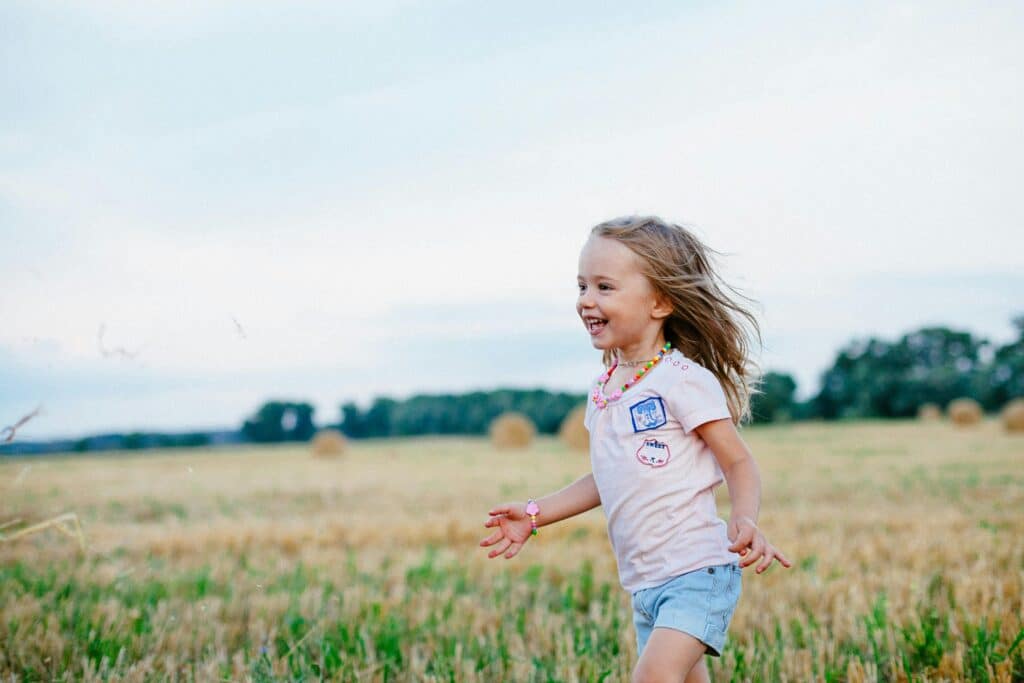
FAQs About Adopted Child Trauma
1. Can adopted child trauma happen even if my child was adopted as an infant?
Yes. Even infants and fetuses are affected by stress, neglect, or being separated from a birth mother. These early experiences stay in the body and brain.
2. How do I know if my adopted child needs therapy?
If your child shows strong fear, anger, or trouble with behavior or attention, it’s a good idea to see a therapist who understands adoption.
3. Will my child always feel abandoned or hurt?
Not always. With love, support, and the right tools, many kids heal from adoption trauma and feel safe and connected.
4. What is the best therapy for adoption trauma?
Attachment-based therapy, play therapy, and trauma-informed counseling work well. Look for someone trained in adoption and child development.
5. Can adults still be affected by adopted child trauma?
Yes. Trauma from early childhood can show up later in life. Adults may face issues with identity, relationships, or mental health, but healing is possible.
Nashville Mental Health
Final Thoughts
Adopted child trauma is real—but so is healing. With love, understanding, and help from therapy and supportive caregivers, children can thrive. Remember: every behavior has a story behind it. When we listen with empathy and act with kindness, we give adopted children a chance to feel safe, seen, and loved. Contact us today or visit SAMSHA for more information.
No matter your child’s beginning, you can help shape their beautiful future.


